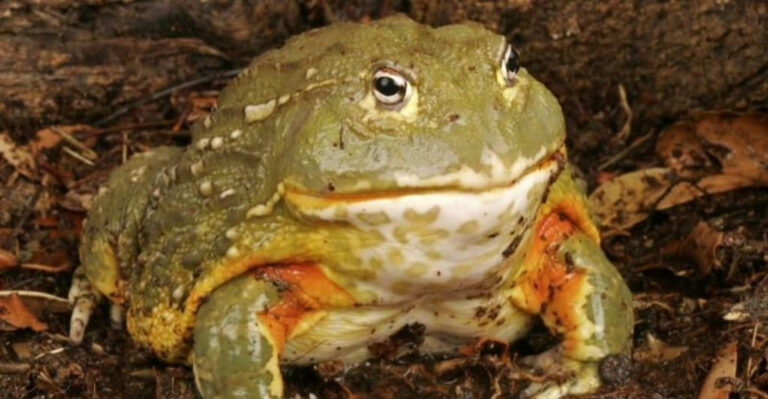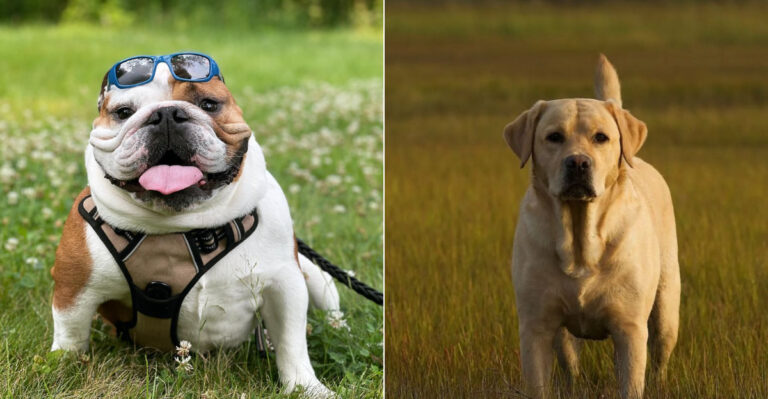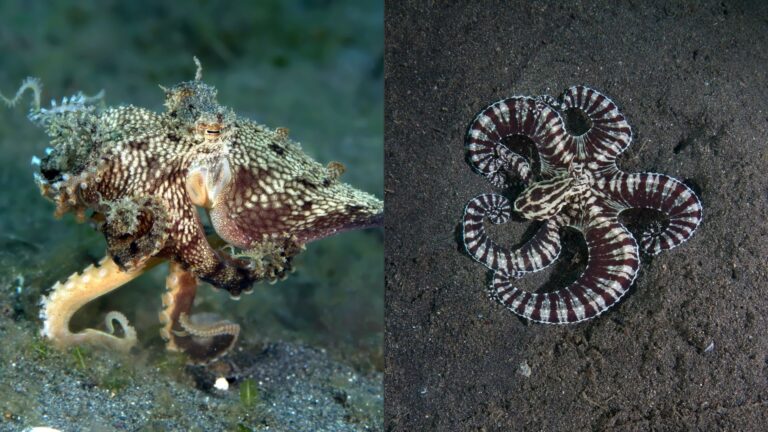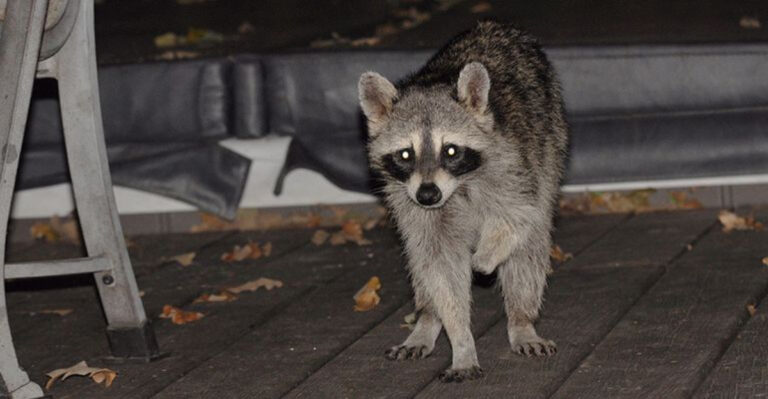15 Possible Causes Of Pale Gums In Cats
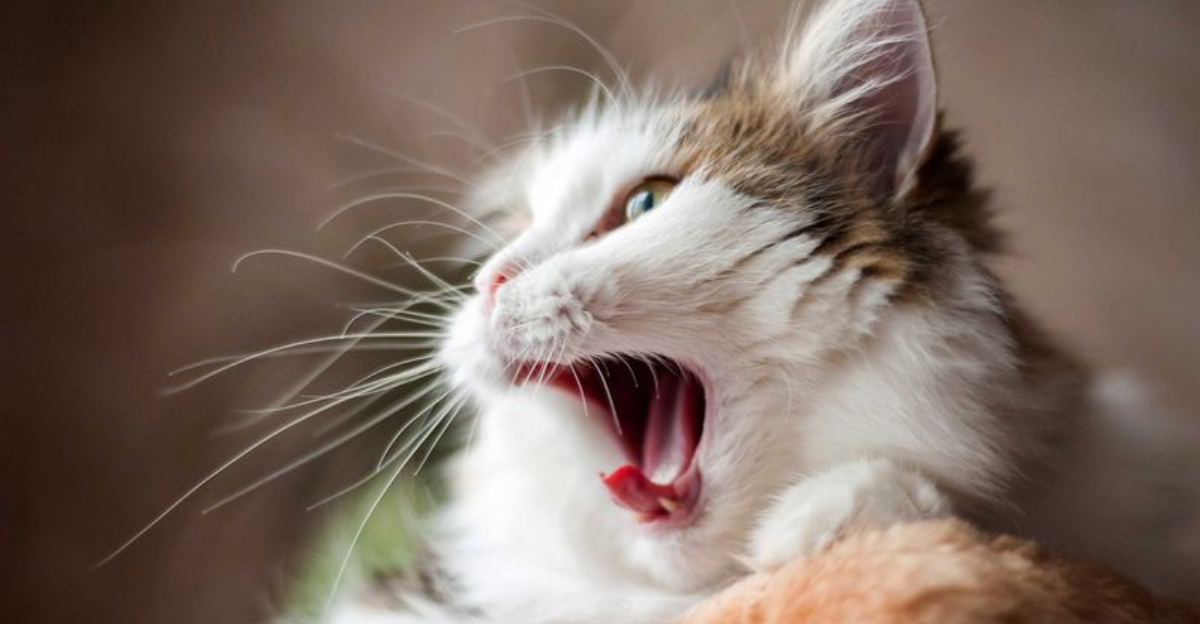
Ever noticed your feline friend’s gums looking paler than usual? That pink tissue in your cat’s mouth is more than just a backdrop for those sharp teeth—it’s a window into their overall health.
Pale gums in cats often signal something’s wrong, ranging from minor issues to serious medical conditions that require immediate attention.
1. Anemia: The Silent Oxygen Thief
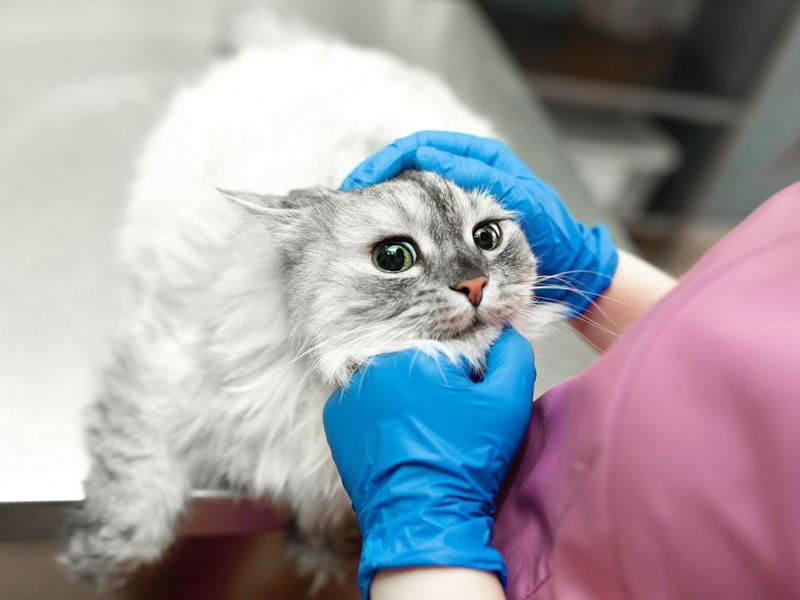
When your cat doesn’t have enough red blood cells, their gums turn pale instead of their normal rosy pink. Anemia can stem from blood loss, destruction of red blood cells, or decreased production.
Your kitty might also seem unusually tired, with rapid breathing and decreased appetite. Don’t wait to get this checked—anemia can be life-threatening when severe.
2. Blood Loss From Injury
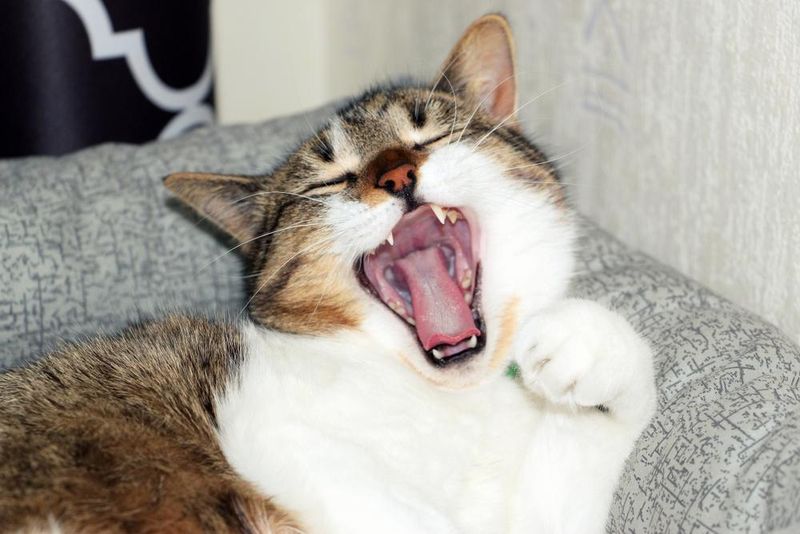
Cats are masters at hiding pain, so you might not notice external bleeding right away. Internal injuries from falls or fights can cause blood loss that shows up as pale gums before you spot other symptoms.
Check your cat for wounds, especially if they’ve been outside recently. Even small cuts can lead to significant blood loss in these small creatures.
3. Feline Leukemia Virus
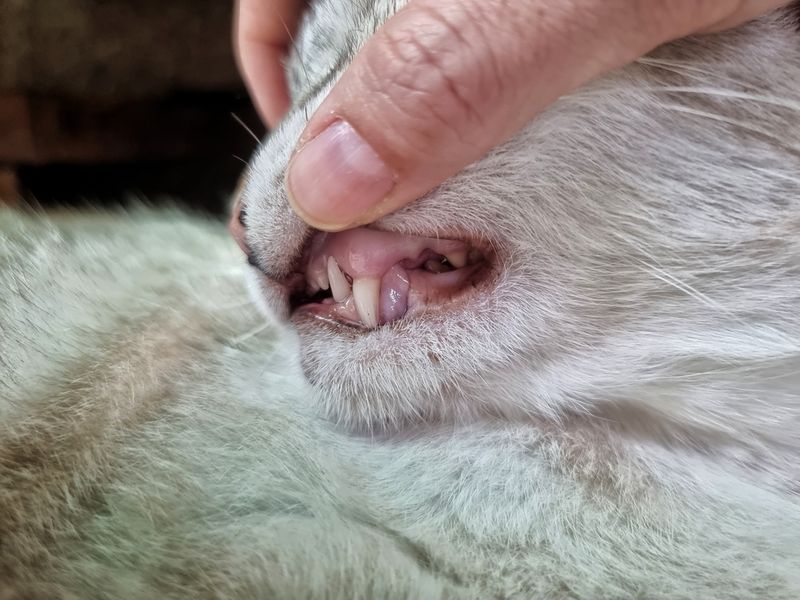
FeLV attacks your cat’s immune system and can suppress bone marrow function, leading to pale gums as red blood cell production drops. This contagious viral disease affects many cats worldwide.
Other signs include weight loss, recurring infections, and lethargy. While there’s no cure, early detection helps manage symptoms and extend your cat’s quality of life.
4. Kidney Disease: The Silent Creeper
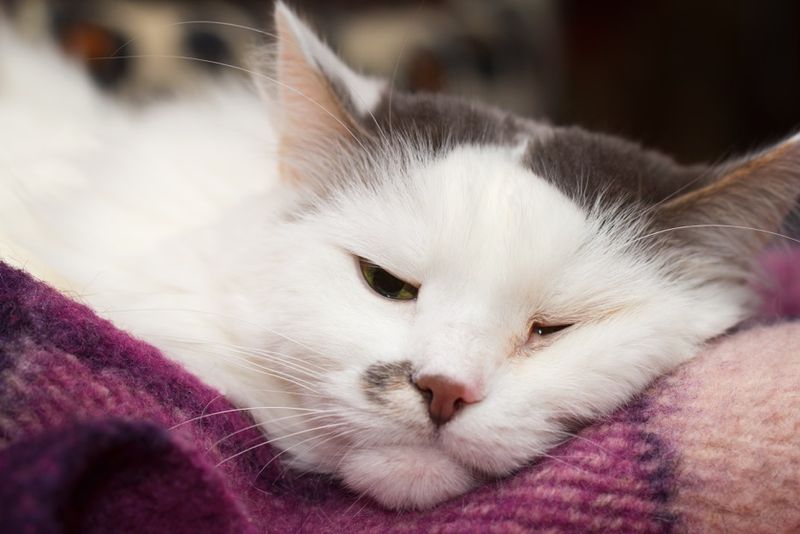
Your cat’s kidneys help produce a hormone that signals bone marrow to make red blood cells. When kidneys fail, this process breaks down, resulting in pale gums and anemia.
Increased thirst, frequent urination, and weight loss often accompany this condition. Kidney disease is common in older cats but can affect felines of any age.
5. Parasitic Invaders
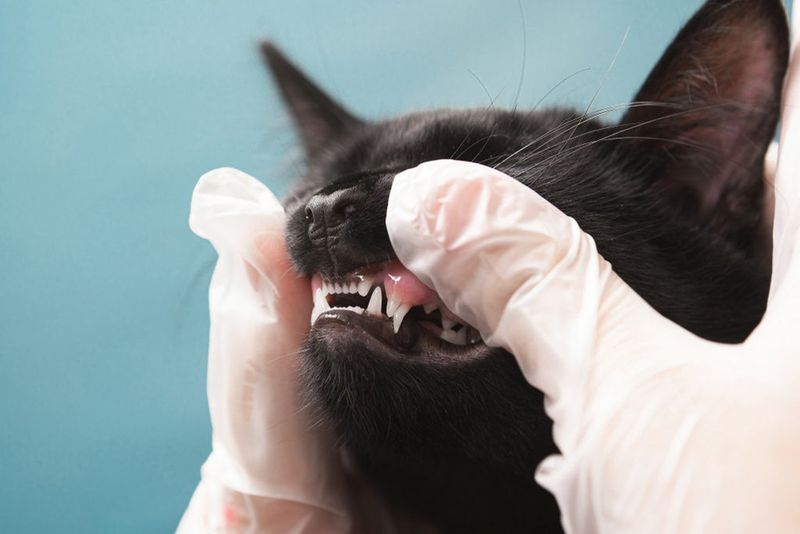
Fleas aren’t just annoying—they’re tiny vampires! A heavy flea infestation can actually cause enough blood loss to create pale gums, especially in kittens or smaller cats.
Internal parasites like hookworms attach to intestinal walls and feed on blood, creating the same effect. Regular parasite prevention is your best defense against these bloodsucking freeloaders.
6. Shock From Trauma
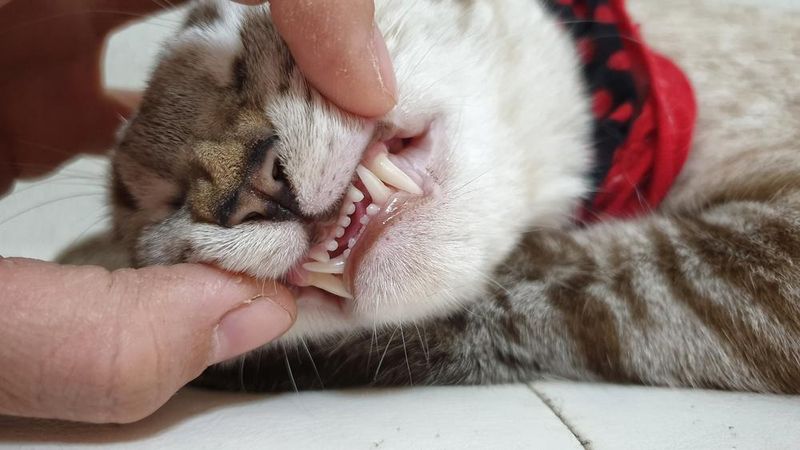
Following an accident or injury, cats can go into shock as blood pressure drops dramatically. Their body redirects blood to vital organs, leaving gums looking ghostly white or pale blue.
You might notice rapid breathing, weakness, and cool extremities. Shock requires emergency veterinary care—it’s a life-threatening condition that needs immediate professional attention.
7. Heart Disease Complications
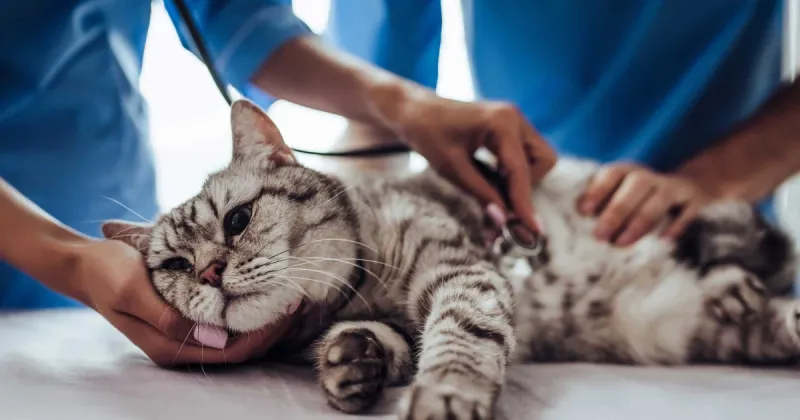
When your cat’s heart isn’t pumping efficiently, blood circulation suffers. Poor circulation means less blood reaches the gums, causing that telltale paleness.
Listen for unusual breathing sounds or notice if your cat seems to tire easily. Some cats with heart issues develop a bluish tint to their gums alongside the paleness.
8. Autoimmune Hemolytic Anemia
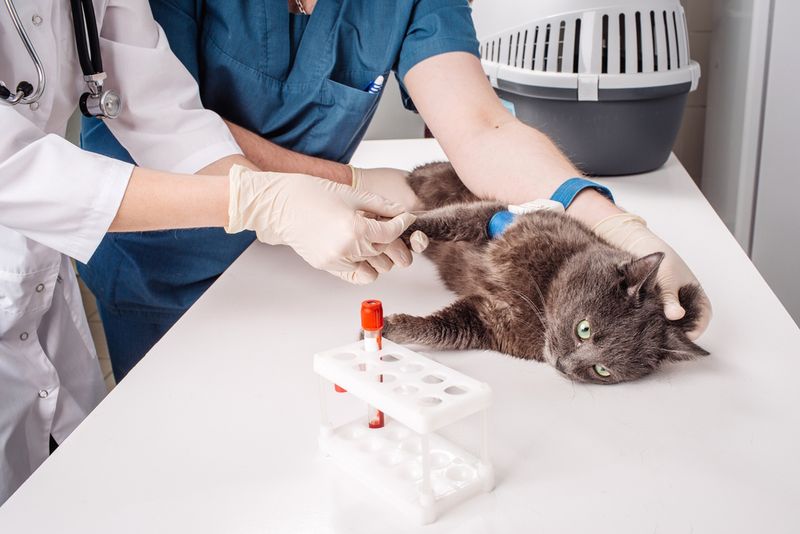
Sometimes a cat’s immune system gets confused and attacks its own red blood cells. This friendly fire situation leads to rapid destruction of blood cells, causing extremely pale gums.
AIHA often comes on suddenly, with your cat becoming lethargic almost overnight. Yellow-tinged gums or skin might appear alongside the paleness, signaling this serious condition.
9. Cancer’s Hidden Effects
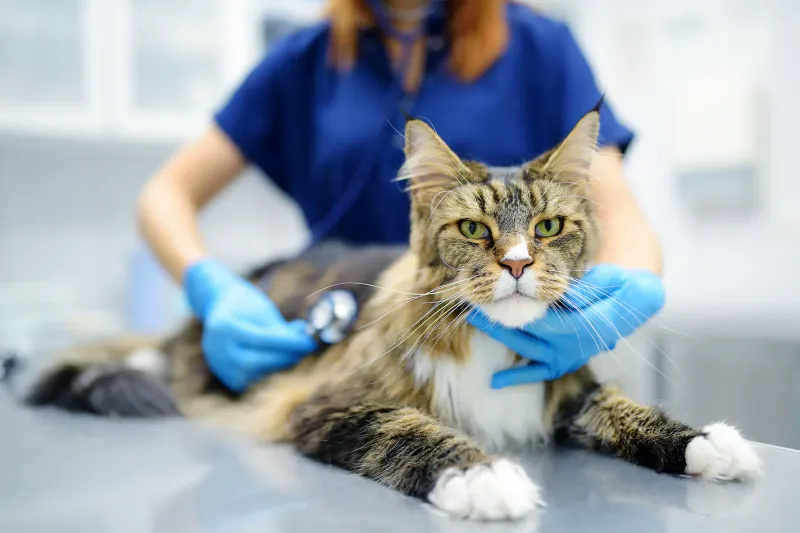
Various feline cancers can cause pale gums, either by directly affecting blood cell production or by causing internal bleeding. Lymphoma and leukemia are common culprits in cats.
Weight loss, decreased appetite, and unusual lumps might accompany this symptom. Early detection through regular checkups gives your cat the best chance at successful treatment.
10. Poisoning And Toxicity
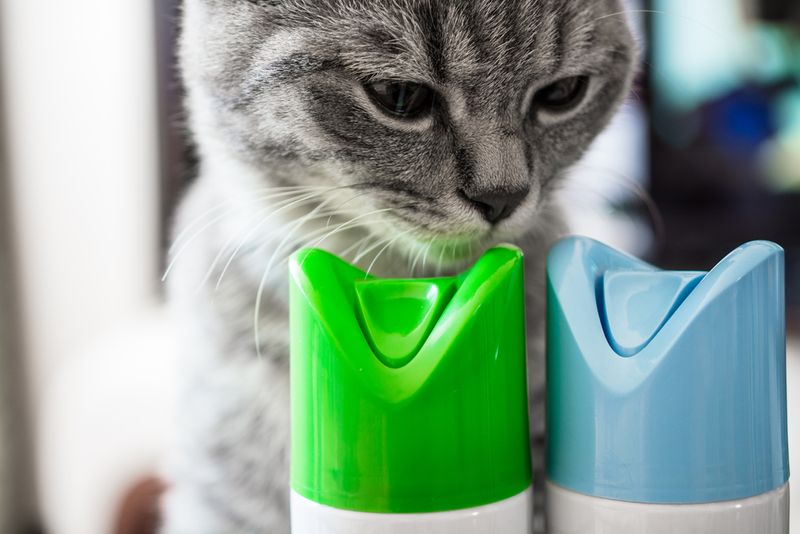
Certain toxins damage red blood cells or interfere with oxygen transport, resulting in pale gums. Common household items like onions, garlic, and some medications can be poisonous to cats.
Rodenticides (rat poison) are particularly dangerous, causing internal bleeding. Look for additional symptoms like vomiting, lethargy, or loss of coordination if you suspect poisoning.
11. Bone Marrow Disorders
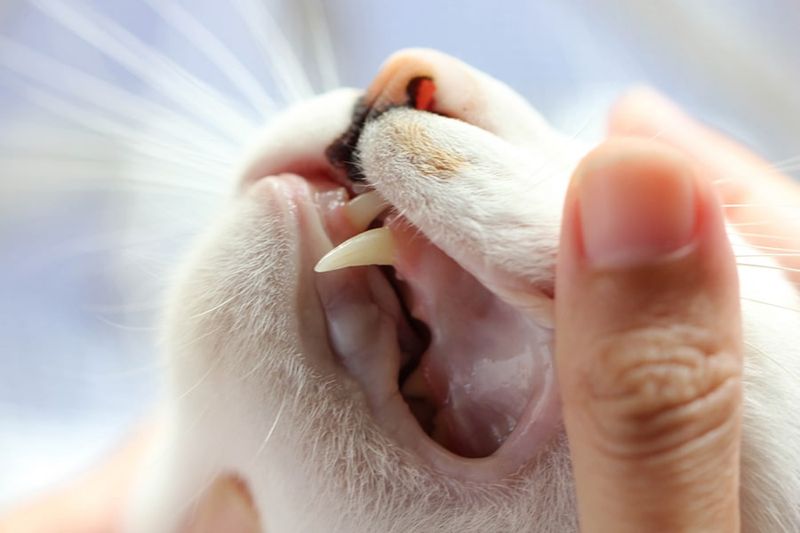
Your cat’s bone marrow is the factory where blood cells are made. Any disorder affecting this production line can result in pale gums as red blood cell numbers drop.
Infections, certain medications, and immune disorders can all impact bone marrow function. These conditions often develop gradually, with increasing lethargy and weakness as symptoms progress.
12. Chronic Infections Taking A Toll
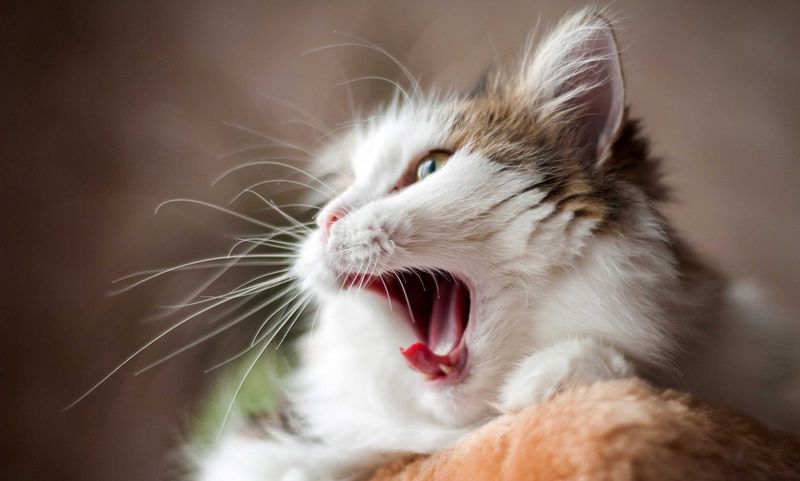
Long-term infections can deplete your cat’s resources, leading to decreased red blood cell production. The body diverts energy to fighting infection instead of making new blood cells.
Dental disease is a common culprit that’s often overlooked. Check your cat’s mouth for inflammation or bad breath alongside those pale gums—the two issues might be connected.
13. Nutritional Deficiencies
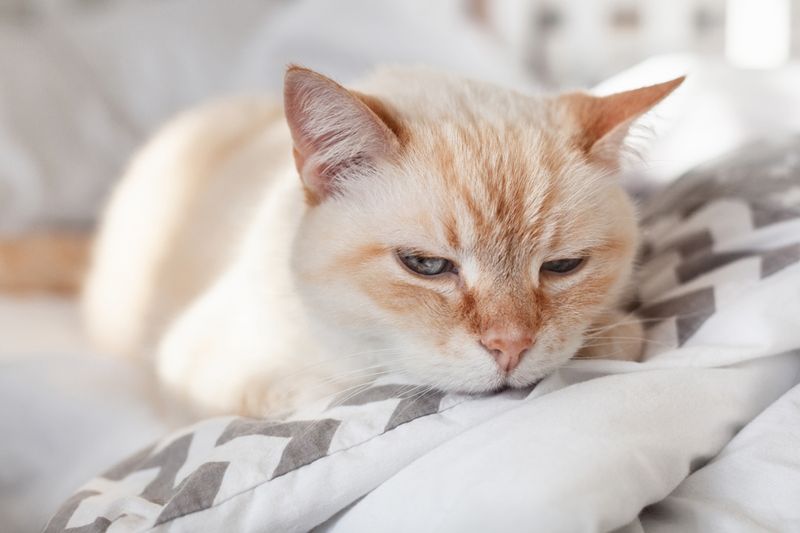
Lack of essential nutrients like iron, copper, or vitamin B12 can prevent proper red blood cell formation. Picky eaters or cats on imbalanced diets are particularly vulnerable to these deficiencies.
Homemade diets without proper supplementation often lack these critical nutrients. Alongside pale gums, you might notice poor coat quality and decreased energy in nutritionally deficient cats.
14. Dehydration’s Sneaky Signs
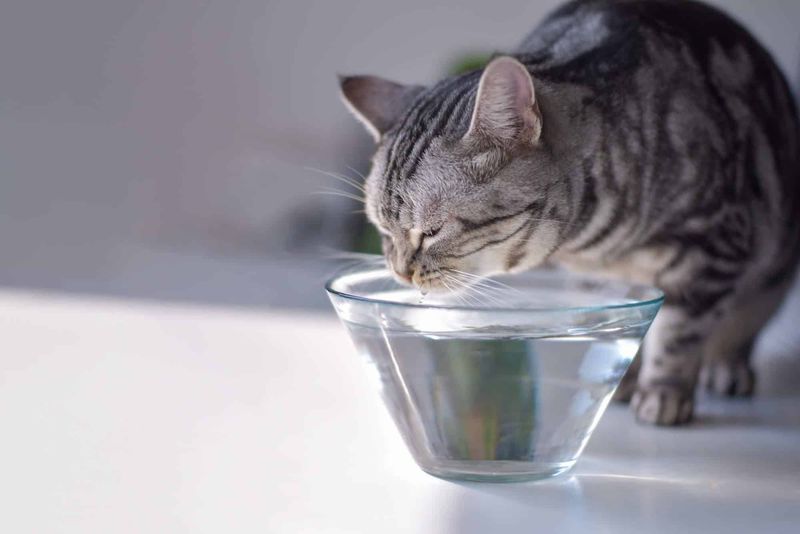
Severe dehydration reduces blood volume, making gums appear paler than normal. The reduced fluid makes blood vessels less visible through the gum tissue.
Check if your cat’s gums feel sticky instead of slick and moist. The skin over their shoulders might also stay “tented” when gently pulled up, rather than springing back quickly—another sign of dehydration.
15. Stress And Shock Response
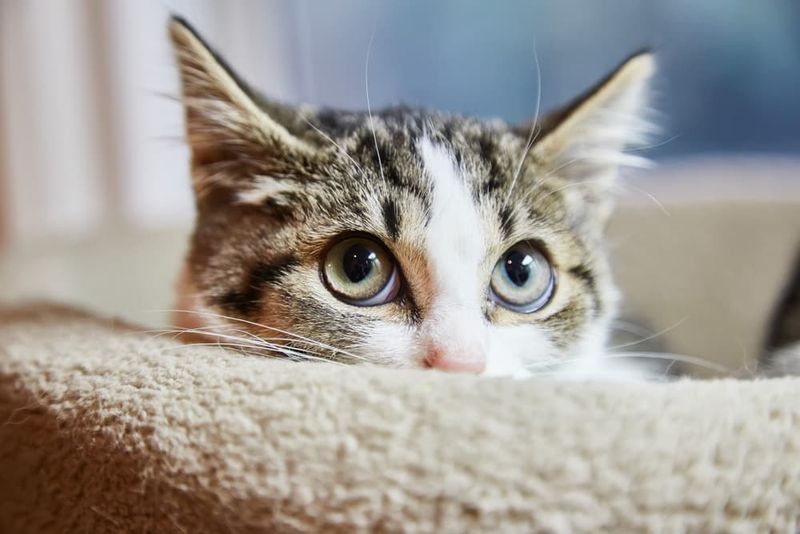
Extreme stress or fear can trigger a temporary pale gum response in cats as blood vessels constrict. This physiological reaction diverts blood to muscles for the “fight or flight” response.
Car rides, vet visits, or encountering predators might cause this reaction. Unlike medical causes, stress-induced pale gums should return to normal color once your cat calms down.

